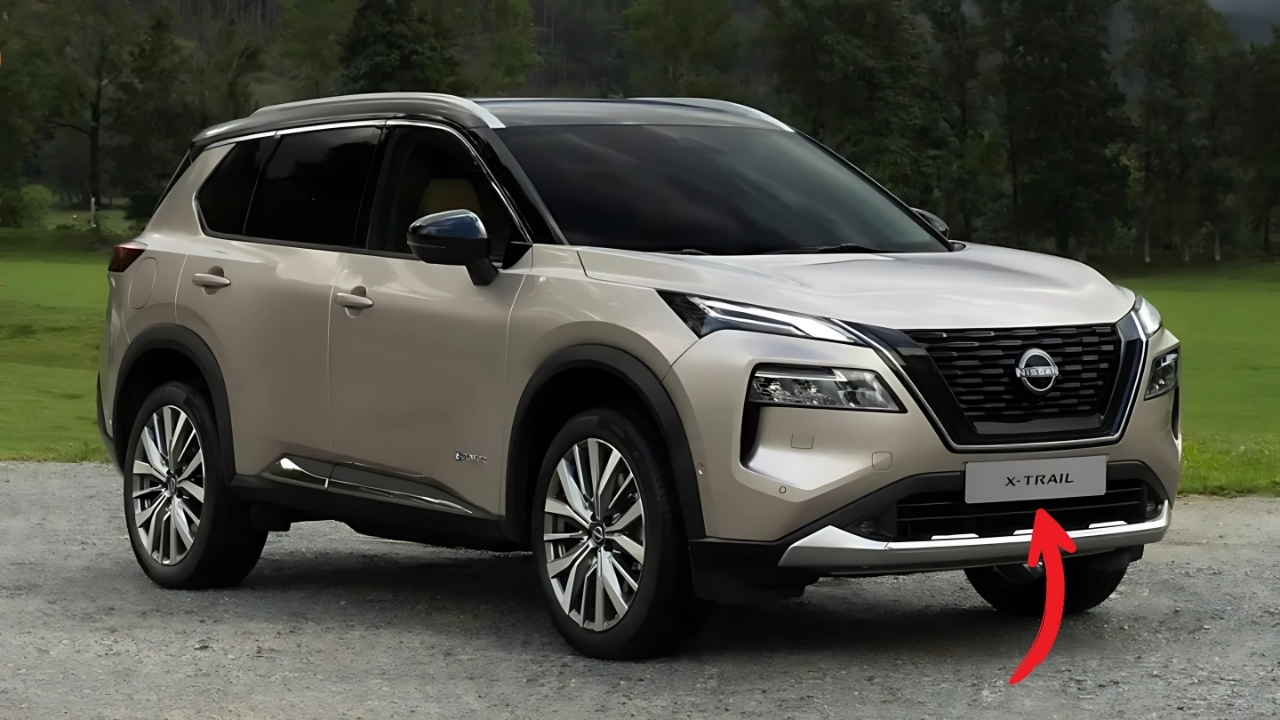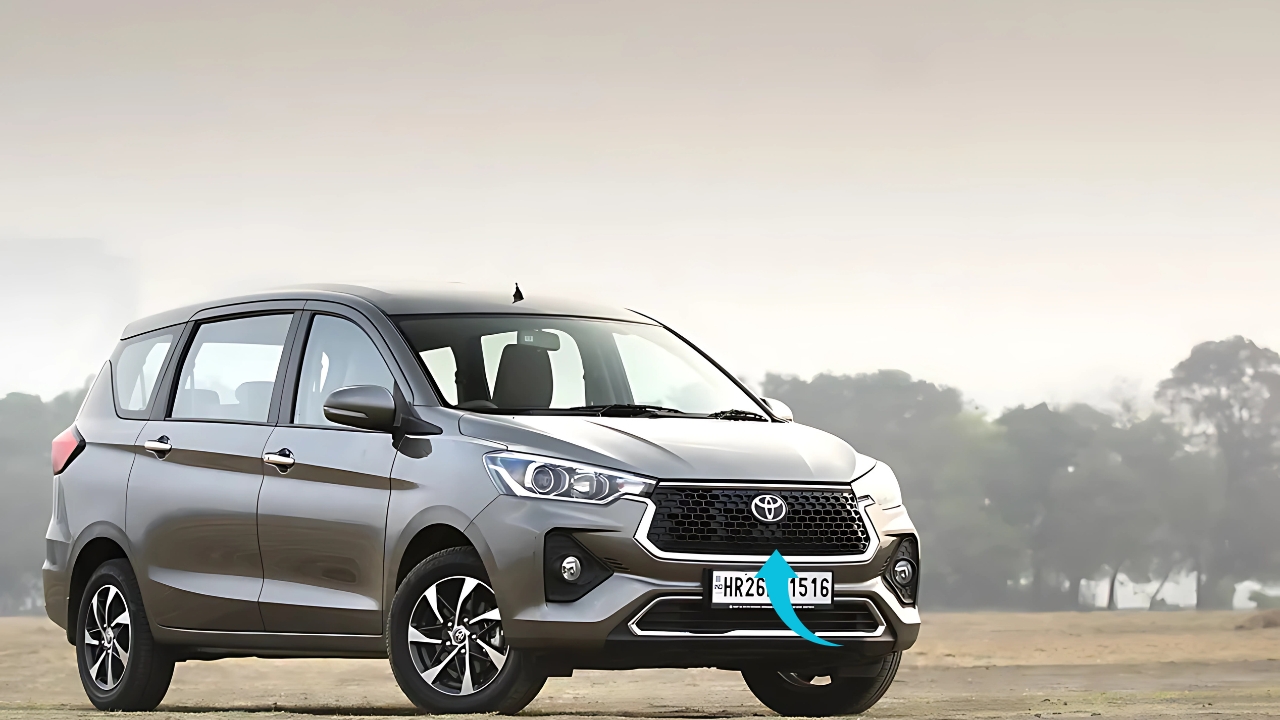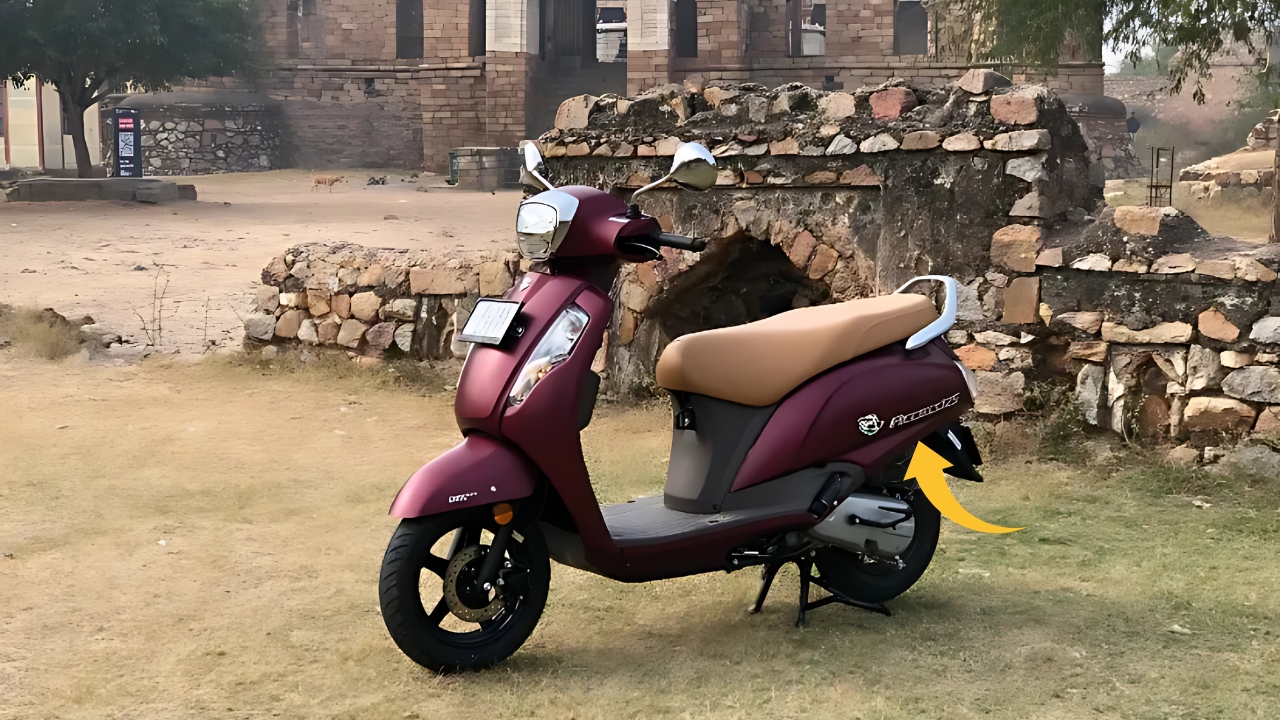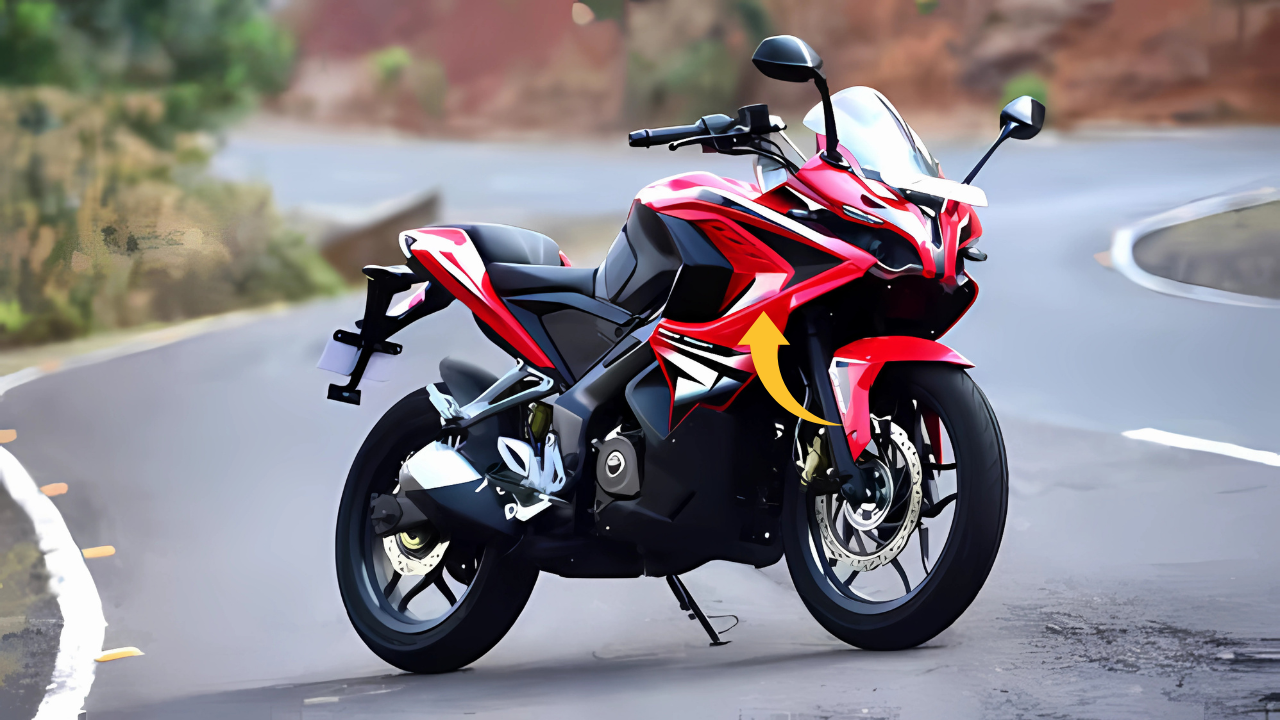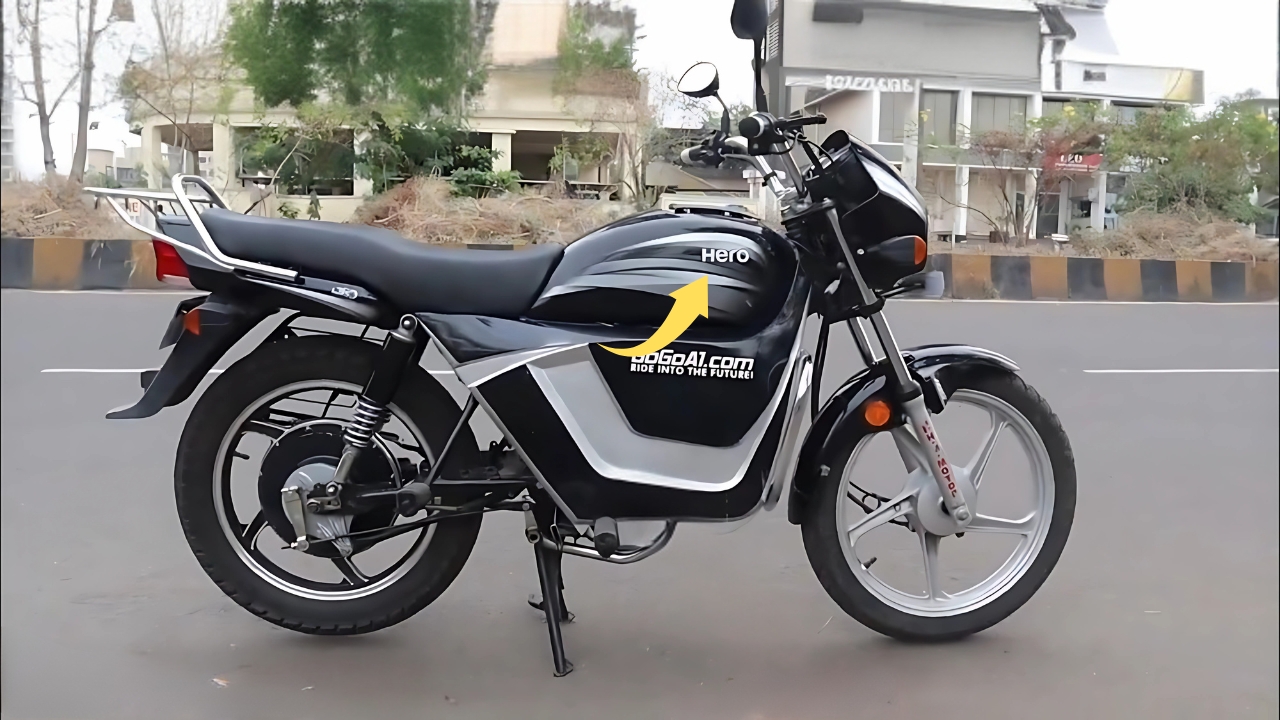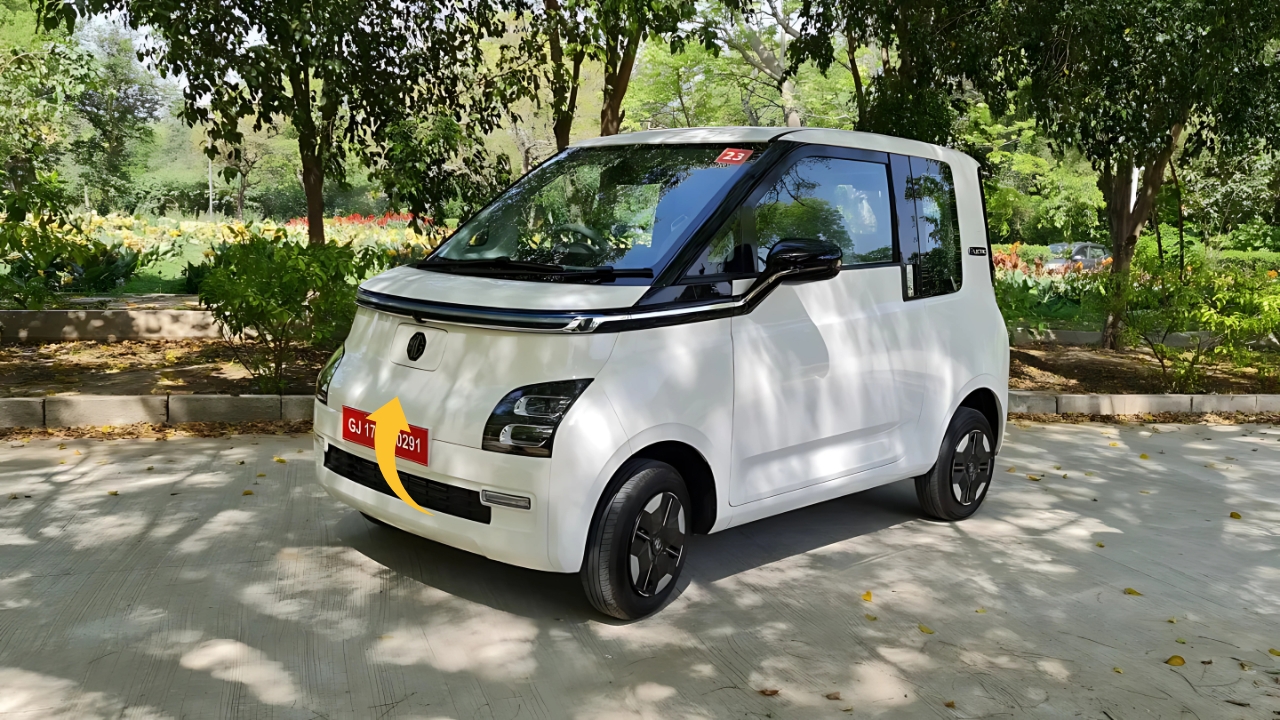Nissan X-Trail: The Nissan X-Trail takes a unique spot in the crowded world of cars as being one of the leading international products by Nissan.
Re-launched into India after a long absence, we welcome them with open arms as a sign of Nissan looking to rejuvenate it’s offering to the premium market profile and be the new age catalyst for change, not to mention the opportunity for the world famous e-POWER technology.
The comeback of the X-Trail not only offers an interesting product choice to Indian buyers but serves as a glimpse to the shifting sands in Nissan’s global strategy.
Table of Contents
Nissan X-Trail: Design Customization: Conscious Rawness
The fourth-generation X-Trail’s styling strikes a perfect balance between crossover utility and low-key SUV toughness. Up front, there’s also what Nissan calls a V-motion grille, but it’s done here less dramatically than some of the company’s interpretations.
Cut headlamps (thin lights above the main lamps) give a distinct face to the car while continuing with visual accessibility to Nissan’s international design culture.
In profile at this point, the X-Trail maintains familiar crossover proportions with a lengthy bonnet, softly descending roofline and muscular wheel-arches accommodating 18-inch or 19-inch alloy wheels, according to trim.
The character lines were kept somewhat subdued, and as result Ford resisted the temptation to add the decorative surface details that can age quickly.
The blacked-out pillars that help achieve the floating roof effect, also visually shrink the mass and connect the Kicks to family in the smaller Nissan crossover lineup.
Horizontal taillights and a sweeping tailgate design reinforce the sense of width at the rear. An underbody skid plate detail in silver and lower black cladding that encircles the vehicle hint at its SUV spirit, giving the model both visual appeal and a degree of protection from little bumps and scrapes.
Evolutionary rather than revolutionary – it highlights that the Nissan understands that crossover buyers in the mass market space would prefer subtle sophistication over aggressive studio-designed style…
which is a downright practical approach to take when you are playing in the Indian premium end of the game where design that is high on taste scores higher on desirability than drama.
Philosophy from Inside: The Best Possible Use of Space
On the inside, the X-Trail follows Nissan’s approach to practical premium elements rather than aspirational luxury.
A fully flush, 12.3-inch touchscreen infotainment screen dominates the horizontally themed dashboard, mounted at a distance above distinct climate controls that keep the cabin feeling intuitive to use without becoming reliant on screens.
Materials quality is a major leap forward from its predecessors, with soft touch materials on high-contact surfaces, real aluminum accents and well-tailored switchgear.
The India-spec model introduces only the top-end variants and even the base ones come equipped with synthetic leather seats, dual-zone climate control and a long list of driver assistance features.
Seating features 5 and 7 passenger configurations, 5-passenger versions get maximum cargo space while 7-passenger models offer occasional 3rd row accommodation.
A second-row second thought Comfort isn’t an afterthought in the second row, with seatbacks that recline and ample leg room, plus their own air-conditioning vents—an appropriate consideration for a vehicle that will often moonlight in executive-transport roles on the Indian market.
Most importantly, the interior is all about visibility, and ease of use—two things that are all too often neglected in the current crop of cars that want to give you that pilot’s cockpit feel, at the expense of ergonomics.
The driving position provides good sight lines, logical control placement and easy-to-understand instrumentation thanks to a 12.3-inch digital display that emphasizes clarity over visual pyrotechnics.
e-POWER: Hybrid Innovation
The X-Trail’s biggest technical leap is with the e-POWER hybrid system — a powertrain which sets travel at different tech levels to other, run-of-the-mill hybrids of its type from rivals.
In contrast to conventional hybrid systems where the wheels are driven by an electric motor and an engine, e-POWER’s wheels are completely driven by an electric motor.
The power from a high-output battery is delivered to the wheels via the engine–there is no direct mechanical connection between the engine and the wheels.
It provides a number of benefits including electric motor torque blending from a standing start, smooth driving characteristics, and the ability to capitalize on the engine operating in its most efficient region.
It makes a total of 213 horsepower in the front-drive version and 214 horsepower with the all-wheel-drive e-4ORCE system, which adds a second electric motor to drive the rear axle.
The control capabilities of the motors enable more elaborate control than a conventional crossover all-wheel-drive system so once again torque distribution has been optimised to improve stability.
It’s not exactly built for serious off-road work, however, the system does offer real all-weather accessibility and better handling on mixed surfaces.
Efficiency numbers are also a huge jump over its ICE counterparts with overall fuel figures landed around 18-20 km/l, which is respectable for a vehicle of its size and functionality.
Its more a matter of being so much fun to drive, quicker and quieter than many electric vehicles, while not needing to charge at all from an outside source.
Positioning in the Market and Strategy
The return of the X-Trail to India is an orchestrated return to a tough battlefield. Instead of local assembly, Nissan has launched the X-Trail as a completely built unit (CBU) import and is pitching it as a premium product with a price tag of ₹40-45 lakh (ex-showroom).
This logic respects the realities of the market today: Nissan’s smaller production base in India makes local manufacturing unfeasible for lower-volume premium models, and import duties put competitive pricing relative to Indian-made rivals out of reach.
Its focus is on unique technology and the quality end of the market from two standpoints: substantial segments of the consumer market instead of mass market and second, the European premium market being considerable.
Competitors The X-Trail directly takes on other premium crossovers such as the Volkswagen Tiguan, Hyundai Tucson, and Jeep Compass, and its seven-seat layout also rivals larger SUVs like the Toyota Fortuner and MG Gloster.
Its hybrid-tech offers a unique-value-proposition in a segment dominated until recently by diesel power.
Nissan X-Trail:
Re: Nissan X-Trail is back! Although sales will necessarily be low due to its importation and premium standing, the X-Trail proves both Nissan’s technical competence and its long-term commitment to India beyond the cheaper segments it has been playing in recently.
For Indian consumers, the X-Trail offers a stylish alternative to everyday options and is of particular interest to the buyers of tech who’re looking to overcome the trade-off in terms of affordability, space or capability when it comes to hybrids.
Its unique e-POWER allows it to serve as a bridge between current powertrains and full electrification, enabling an intermediate step, especially in markets where charging infrastructure is rolling out.
The X-Trail is an indicator of how a traditional car maker can use future technology in its vehicle offerings, even during times when the mass market for such cars is not so evident, yet built a base upon which to expand when the mass market for that car return.
